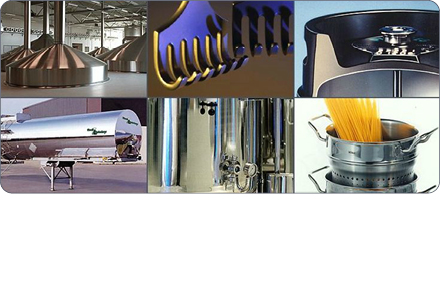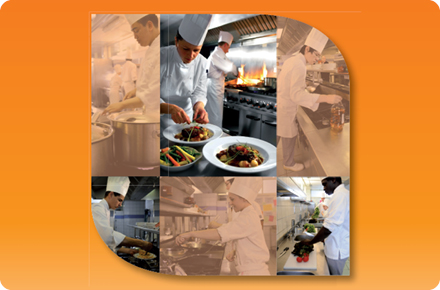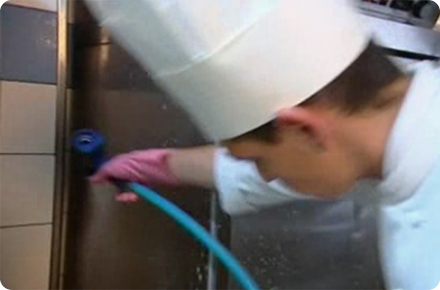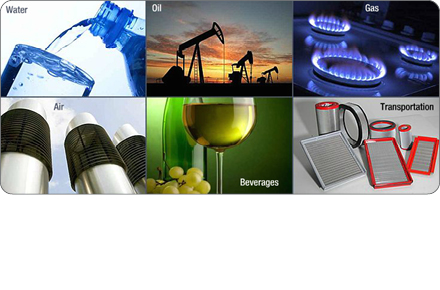Safe food preparation using stainless steel
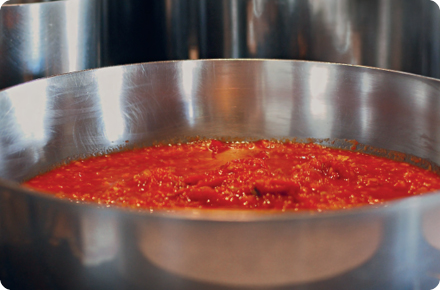
The continuing safety of using stainless steel in food preparation has been confirmed in an independent study following the adoption of new test criteria across Europe. The Council of Europe’s (CoE) guidelines for metals and alloys in food contact materials defines specific release limits (SRLs) for metals and includes a new, more aggressive test to simulate use in food preparation. The authors demonstrated that all of the grades passed the test for the relevant metallic elements prescribed in the CoE guidelines. A summary of the report can be downloaded at in English, Chinese or Japanese.
A more detailed technical summary of the report can be downloaded from http://bit.ly/1USTJjn. The full report is also available from http://bit.ly/1Y8gAfd.

